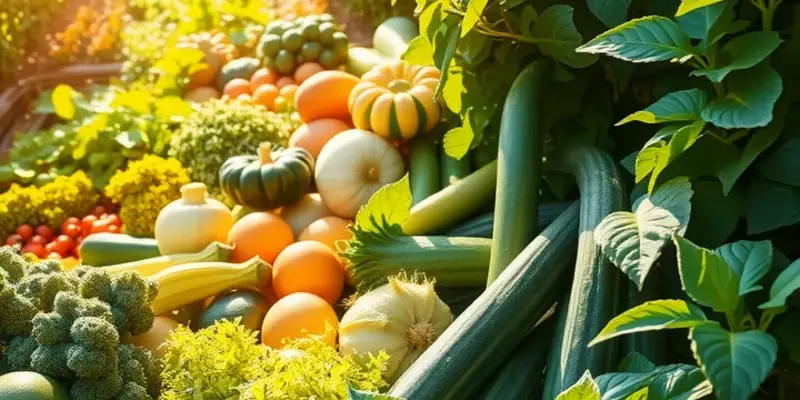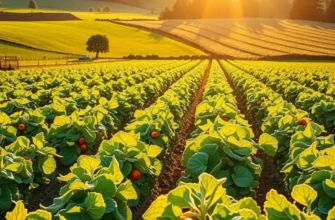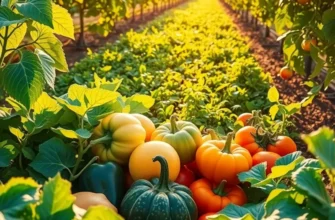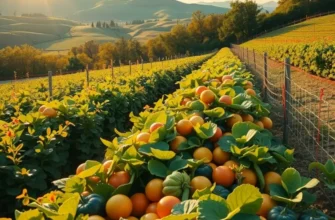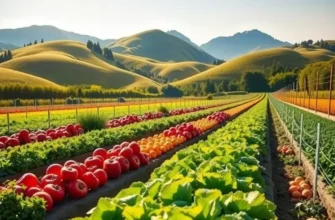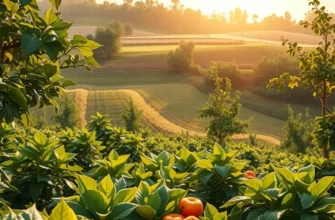Making eco-friendly food choices is essential for supporting ecosystem restoration. The food we consume can have a profound impact on the environment, from the way it is produced to how it is processed and transported. By selecting foods that promote sustainability and biodiversity, individuals contribute to the health and resilience of our ecosystems. This journey towards eco-conscious eating is not only a personal choice; it’s a collective effort that can reshape our planet’s future.
Harvesting Healing: Foods that Nourish the Earth

The foods we choose to consume can play a powerful role in restoring ecosystems. By focusing on certain crops, we can enrich the soil and enhance biodiversity, fostering a healthier planet. One important approach to achieving this is through adopting a plant-based diet. Plant-based diets reduce the demand for livestock farming, which often leads to deforestation, overuse of water, and increased greenhouse gas emissions. Shifting to a diet rich in fruits, vegetables, legumes, and whole grains helps lower our carbon footprint and promotes soil health.
Regenerative agriculture is another transformative practice. It emphasizes soil restoration through crop rotation, cover cropping, and reduced tillage. These practices improve soil structure, increase its organic matter, and promote biodiversity. By choosing foods grown using these methods, consumers can support farming systems that are beneficial to the earth. For example, including legumes like lentils and chickpeas in your diet encourages planting crops that naturally fix nitrogen in the soil, reducing the need for synthetic fertilizers.
Native crops are also vital for healing the land. These plants have evolved to thrive in local climates, making them inherently resilient and less demanding on resources. Incorporating native grains and vegetables into diets supports local ecosystems and helps maintain biodiversity. They can provide habitats for local wildlife and contribute to the preservation of indigenous plant varieties, which are crucial for ecological balance.
Organic and regenerative practices further enhance soil health and water quality. Organic farming avoids synthetic pesticides and fertilizers, preventing harmful runoff that can pollute waterways. The emphasis on natural fertilizers such as compost enriches the soil, fostering environments where beneficial flora and fauna can thrive. Water management techniques used in these farming practices, such as natural irrigation and rainwater harvesting, enhance water resource sustainability.
To align everyday choices with ecological goals, consumers can learn about and prioritize foods grown using eco-friendly methods. This aligns with principles of mindful and sustainable eating, as discussed in practical ingredient batching. By planning meals with an eye towards minimizing waste and maximizing the use of sustainable ingredients, individuals can make small yet impactful steps toward ecosystem restoration.
In essence, making food choices that nourish the earth involves supporting farming practices and dietary habits that prioritize ecological health. As we continue to explore new ways to nourish both our bodies and the planet, the importance of informed and intentional eating cannot be overstated. The path to restoring ecosystems is paved with nutrient-dense foods that enhance soil, sustain water resources, and promote biodiversity.
Sustainable Choices: The Power of Local and Seasonal Eating
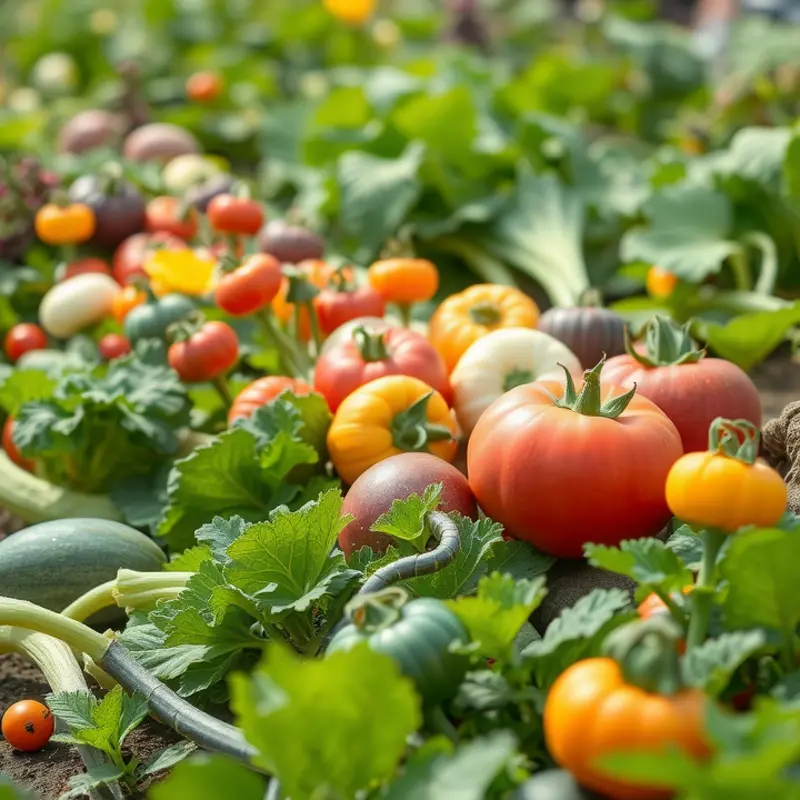
Supporting local agriculture and embracing seasonal produce is a harmonizing act with nature that nurtures ecological balance. By opting for locally-sourced foods, we enrich not only our plates but also our communities, reducing unnecessary emissions from long-haul transportation. When food travels fewer miles, it results in a smaller carbon footprint—a tangible step toward lessening environmental impact.
Local and Seasonal Food Benefits
Choosing what to eat based on what thrives locally and seasonally ensures foods are fresher and more flavorful. Produce picked at its peak is richer in nutrients, offering the maximum health edge. Compared to imported foods, seasonal options maintain their vitality from field to table without extensive storage or artificial preservation methods.
Furthermore, supporting regional farmers boosts local economies. By purchasing from community vendors, you directly contribute to sustaining local jobs and agricultural traditions, fostering a circular economy that thrives on ethical and sustainable practices.
Promoting Biodiversity
Eating seasonally reinforces biodiversity. As consumer demand shifts with seasonal changes, there is an incentive for farmers to cultivate a variety of crops. This practice discourages monoculture, where a single crop is grown extensively, depleting soil nutrients and dependent on chemical fertilizers. Diversified planting not only enriches the soil but also supports a wide array of insects, birds, and other wildlife, stabilizing local ecosystems.
Practical Ways to Eat Seasonally
Transitioning to a seasonal diet need not be daunting. Begin by researching your local growing seasons and identifying corresponding fruits and vegetables. Farmers’ markets are excellent places to discover what is freshly harvested, providing direct access to responsibly-grown produce.
To ease into seasonal eating, consider preserving produce to enjoy them even after their primary growing season. Learning techniques like canning, pickling, and freezing can help extend the flavors of each harvest. For techniques on preserving sauces, check this guide and explore sustainable storage options.
Embrace flexible recipe planning that adjusts to what is available, slowly building a repertoire of dishes that celebrate nature’s timely offerings. Websites, cookbooks, or communities focused on seasonal cooking can provide inspiration and support.
Lastly, celebrate every season by inviting the joys of culinary novelty into your kitchen. Relish the spring’s tender greens, autumn’s root vegetables, or the vibrant abundance of summer berries. By aligning our diets with seasonality, we make a conscious choice to nurture both our health and the planet, savoring life in full cycle with nature’s rhythm.
Final words
The journey towards choosing foods that support ecosystem restoration is both rewarding and impactful. By selecting organic, local, and seasonal options, you contribute to the health of the earth and promote biodiversity. Each meal presents an opportunity to make a difference, fostering stronger ecosystems for future generations. Be bold in exploring new foods and practices that align with your values. Every conscious decision counts, and your efforts can inspire others to join the movement towards sustainability and environmental stewardship.

